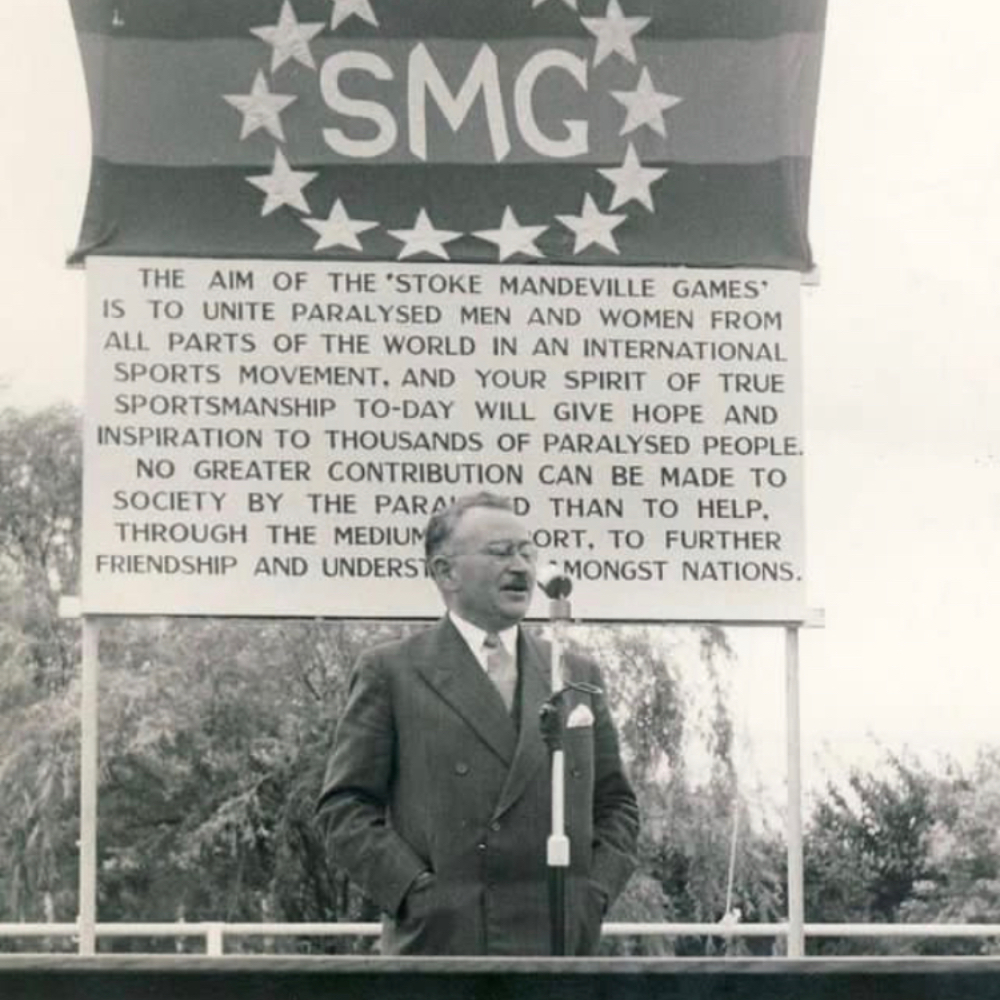
Paralympic Movement turns 76!
Today the Paralympic Movement turns 76, and we have less than a month until the opening of Paris 2024 Paralympic Games!
The event that was the forerunner of the Paralympic Games featured sixteen archers in a single day of competition on July 29, 1948.
“Until then, the problem was hopeless, because we had not only to save the lives of these paraplegic or quadriplegic men, women, and children but also to give them back their dignity and make them happy and respected citizens.” Dr. Ludwig Guttman
On July 29, 1948, the day of the Opening Ceremony of the London 1948 Olympic Games, neurologist and head of the spinal injuries department at Stoke Mandeville Hospital, Dr. Guttmann, organised the first competition for wheelchair athletes at Stoke Mandeville Hospital, which he named the Stoke Mandeville Games. They involved fourteen ex-servicemen and two ex-servicewomen who took part in archery.
Dr. Ludwig Guttman was looking for a way to help his paraplegic patients, all World War II veterans, rehabilitate more quickly. He championed the concept of early treatment for injured servicemen in specialised spinal units and promoted the use of compulsory sports and physical activities as a form of rehabilitation, integration, and motivation.
Thus, rehabilitation sports evolved into recreational sports and then into competitive sports. It was the start of the Paralympic Movement.
Guttmann realised the symbolic importance of these games: “Small as it was, it was a demonstration to the public that competitive sport is not the prerogative of the able-bodied but that the severely disabled, even those with a disability of such magnitude as spinal paraplegia, can become sportsmen and women in their own right.” 1948 Stoke Mandeville Games—the start of the Paralympic movement – Paralympics.
The Stoke Mandeville Games later became the Paralympic Games, which first took place in Rome, Italy, in 1960, featuring 400 athletes from 23 countries. Since then, they have taken place every four years.
